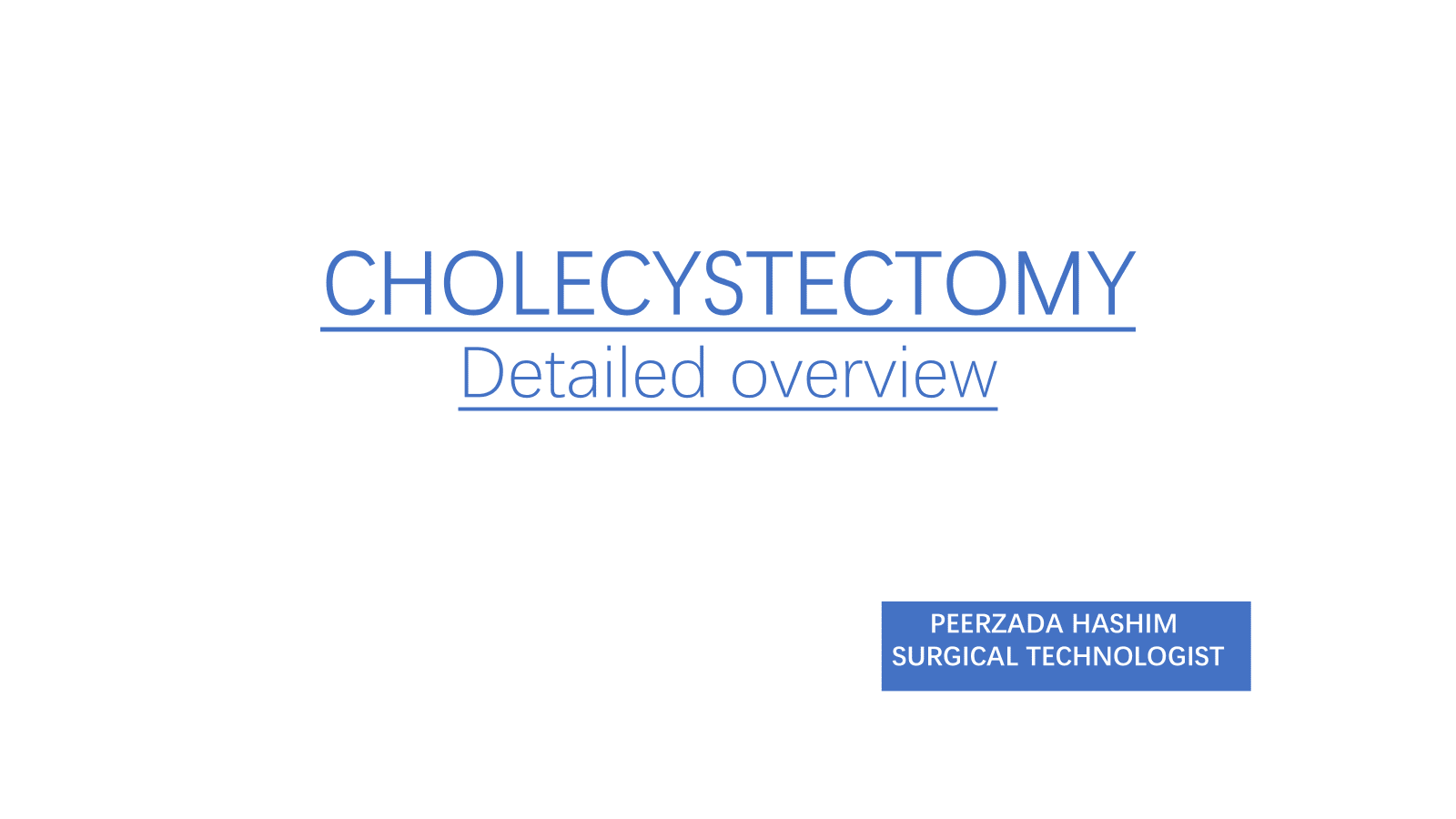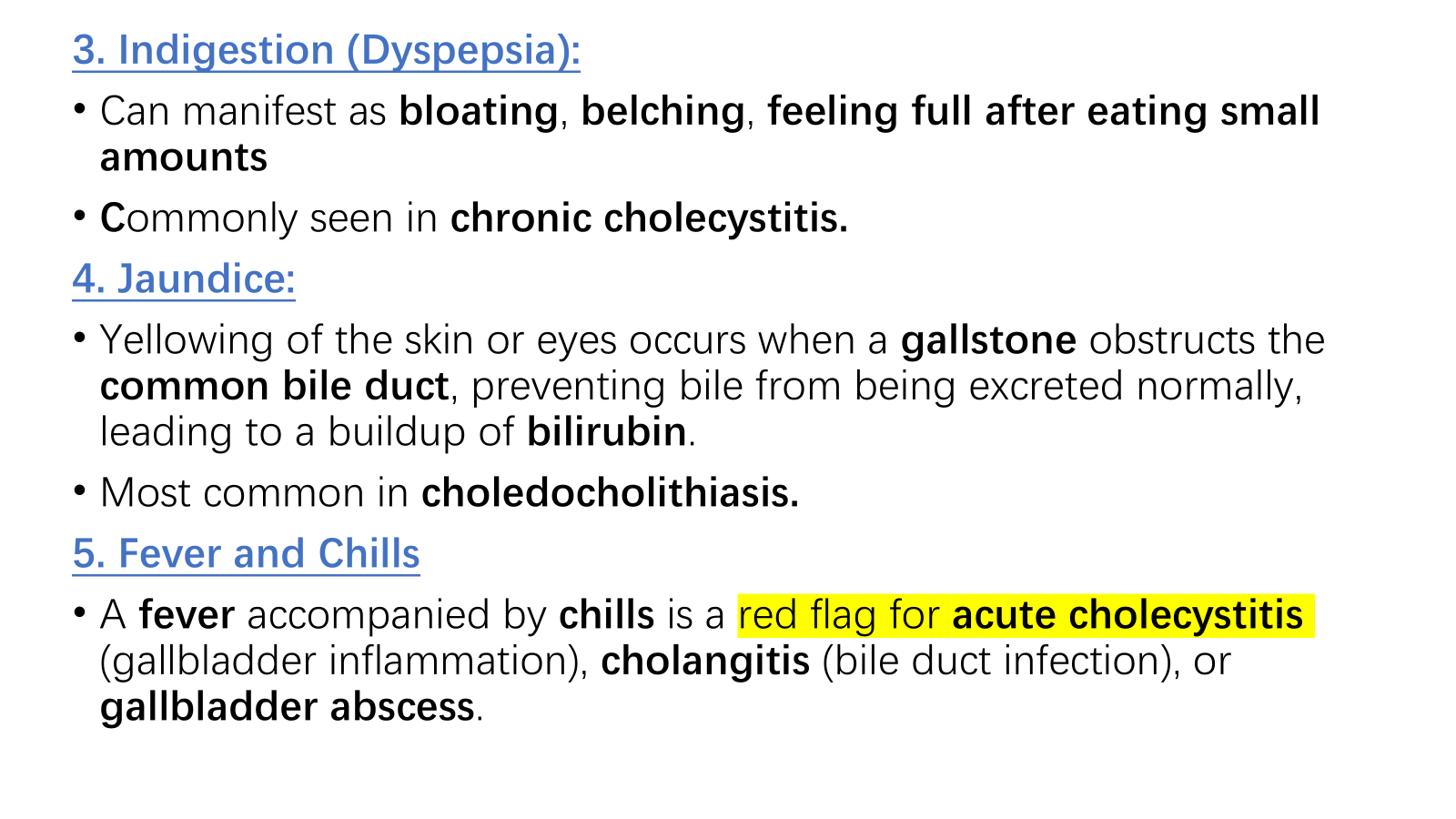The gallbladder is a small organ located beneath the liver that stores bile, which helps in digesting fats.
There are two main types of cholecystectomy:
Laparoscopic Cholecystectomy (minimally invasive): This is the most common method used today. It involves small incisions and the use of a camera (laparoscope) to remove the gallbladder. This method typically results in a shorter recovery time and less pain compared to open surgery.
Open Cholecystectomy: This is a more traditional surgery, performed through a larger incision. It's usually done if there are complications such as severe infection, large gallstones, or if laparoscopic surgery isn't possible.
Why is Cholecystectomy performed?
- Gallstones (Cholelithiasis): Gallstones are the most common reason for gallbladder removal. They can block the
bile ducts and cause pain, infection, or inflammation (cholecystitis). - Cholecystitis: Inflammation of the gallbladder, often caused by gallstones, can lead to serious complications, requiring surgery.
- Pancreatitis: In some cases, gallstones can cause inflammation of the pancreas, which can also require the gallbladder to be removed.
- Biliary Dyskinesia: When the gallbladder is not functioning properly (even without stones), it can cause pain, and removal may be necessary.
Recovery after Cholecystectomy
- Laparoscopic: Patients usually go home the same day or the next day, and recovery can take around 1-2 weeks.
- Open: Recovery time is longer, typically around 4-6 weeks, due to the larger incision.
After surgery, most people can live without a gallbladder, though they may need to adjust their diet (especially reducing fat intake) since the gallbladder no longer stores bile to aid in fat digestion. The liver still produces bile, but it continuously drips into the intestines, which might not be as efficient for digesting large amounts of fat
HERE IS THE SOME INFORMATION SLIDE BY SLIDE













